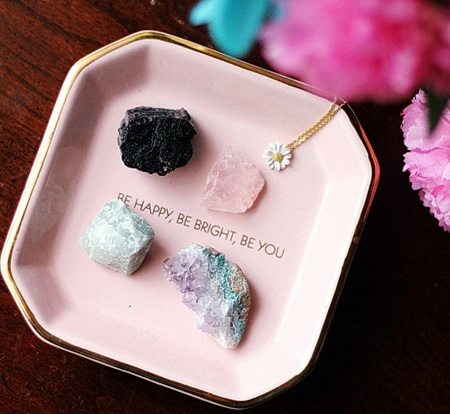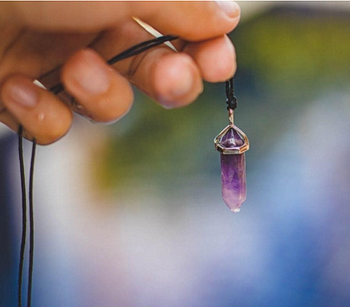
Can you imagine the look on your partner’s face when you give her a colored diamond engagement ring instead of a pure white one? Maybe she was expecting a ring, but one in color? Wow!
Overview

Colored diamonds are rare, and subsequently, more expensive than the classic gemstones we are most familiar with. The reason is because of the rare way that they are naturally formed.
As a result, the few that are found (in comparison to the many white diamonds that are found) will be more valuable and hence more expensive, but the interest in colored diamonds is increasing.
Here is what you need to know about the classic diamonds and colored ones from how they were formed to the colors available and pricing.
Formation
The formation of colored diamonds and colorless ones is quite similar. Both consist of carbon atoms, which are transformed at super high temperatures while being subjected to extreme pressure over the course of hundreds of thousands or even millions of years within the earth’s crust.
Although both types of diamonds are created in a similar manner, the difference with colored diamonds is that chemicals seep into them during their formation. The color of the stone depends on the kinds of minerals that were there when the diamond was initially formed. This is what makes colored diamonds so unique and rare.
Both types of diamonds score a 10 on the Mohs scale, making these minerals among the sturdiest natural materials found on earth.
Colors
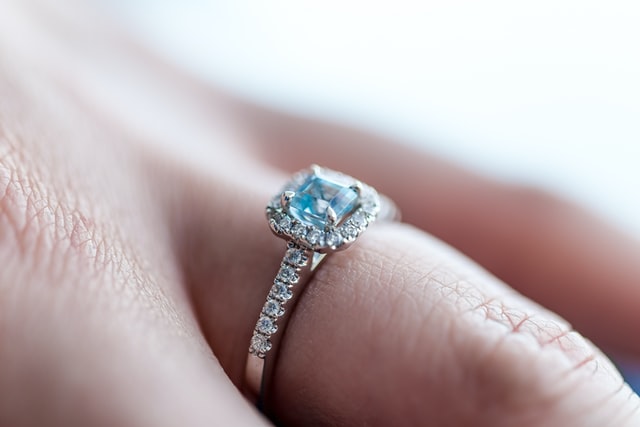
While the colorless diamond is more or less transparent, the colored ones come in almost every shade under the sun. White diamonds sometimes have subtle hues of yellows and browns but that affects their value. A perfect white diamond is considered one that has no hints of any color, but also affects its value, as colorless diamonds can be fairly expensive. White diamonds would correspond to categories D, E, and F on the diamond color chart.
Colored diamonds come in over 200 combinations, from purplish reds or orange-yellowish and greenish blues. They too fall into different categories. Some colors are more valuable and expensive than others depending on their rarity. Some of the most popular diamonds are yellow, pink, blue, black, and of course red. Different people have different color preferences and it also depends on the prices as some are way more expensive than others.
Which are the Rarest Diamonds?
There’s no doubt that all colored diamonds are rare, however, there are some, which are rarer than others. The ones that are the rarest in the world are auctioned for hundreds and thousands of dollars and can even go up to the millions.
The one that is the rarest and hence, the most expensive is the red diamond. It is mostly found in Africa, Australia, and Brazil. They are so rare that there are only about 20-30 real red diamonds, most of which are less than half a carat in size. Just like colorless diamonds, red diamonds are made purely from carbon. It gets its color from a rare occurrence in its atomic structure. It is important to note that they look different in different lighting, the stronger the red, the higher it is in terms of value.

Yellow diamonds are considered to be the most common and desirable when it comes to colored diamonds, however, they too are rare. This is also the case for pink diamonds. Among some of the rarest include blue diamonds and orange diamonds as well.
Diamond Prices
It is interesting to know that within the same color of a diamond, there are many different prices. These depend on a combination of saturation as well as tone. The stronger the color will yield the higher price. According to the GIA, the color grading is split into nine intensities, from faint and very light to vivid, fancy dark, and fancy deep. This is what essentially affects the price and demand of a diamond.
Colorless diamonds are generally considered to be a lot less pricey as compared to colored ones. However, the purest and most flawless colorless diamonds are also rare and therefore quite pricey. A flawless diamond will probably cost you between $12,500-15,000 per carat. However the average price can range from $1,500-$21,000 so it all depends on the 4 C’s (color, carat, clarity, and cut).
Since red diamonds are the rarest, don’t be surprised to hear that they are also the most expensive. Generally, it would cost around $300,000 per carat. Its price varies depending on the intensity of the red color on the stone. A brown diamond for instance would cost much less as compared to a red one.
The world’s largest known red diamond is the trilliant cut 5.11-carat Moussaieff Red and was sold for over $1.6 million per carat. It was purchased by Shlomo Moussaieff, an Israeli-born jewelry dealer located in London, England.
When it comes to pink diamonds, 2017 was an important year for them. This is when the pink star was sold for $72.1 million at Sotheby’s auction in Hong Kong and broke the record for being the most expensive colored diamond to be ever sold at an auction. They only continue to be growing in value year after year. A high-quality pink diamond can even be sold up to $700,000 per carat, however, a less intense pink diamond would cost you about $10,000 per carat.
Yellow diamonds are another category that can be quite costly, but less costly than the other colored diamonds. They can cost around $2,500 to $20,000 per carat, depending on many different factors. The Graff Vivid Yellow was the most expensive yellow diamond ever sold. It was sold for $16.3 million in 2014 at Sotheby’s auction in Geneva.
Final Thoughts
You now know everything you need to about colorless diamonds as well as colored ones. They both have their distinct charm and while a flawless colorless one is rare, colored ones are rarer which is why they are so valuable and expensive. Don’t forget to look out for the 4 C’s when you buy yours!


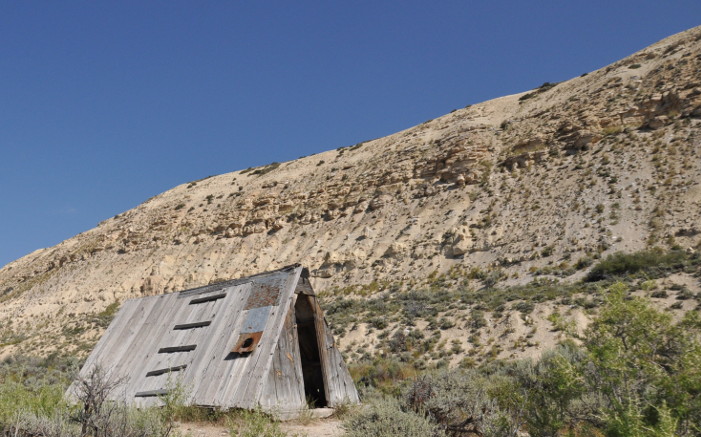


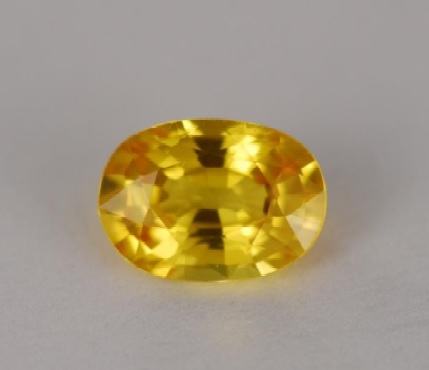 This Gemstone Comes in Various Shades of Yellow
This Gemstone Comes in Various Shades of Yellow

